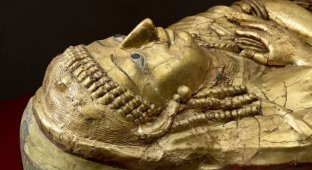The world's first horsemen swept through Europe about 5,000 years ago (6 photos)
Studying the skeletons found under the 5,000-year-old burial mounds in Europe and Asia, archaeologists accidentally discovered the world's first riders on horses. 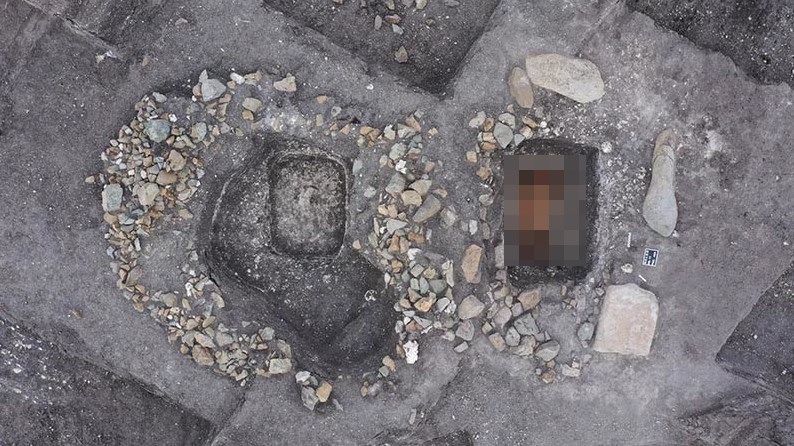
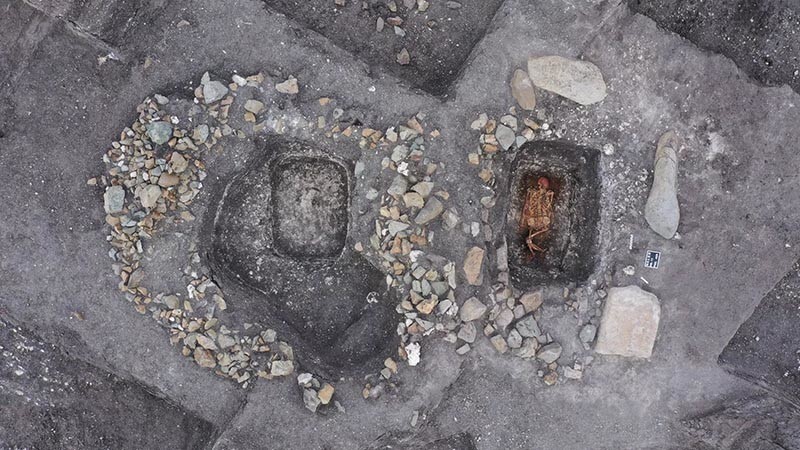
Grave of a rider of the Yamnaya culture, found in Malomirovo, Bulgaria. He died at the age of 65 to 75.
The ancient horsemen were part of the so-called Yamnaya culture, groups of semi-nomadic people who spread across Europe and Western Asia, bringing with it the predecessor of the Indo-European language family. The data obtained support the hypothesis that the horse played integral role in the expansion of this group and therefore in spread of the Indo-European language.
The new analysis was made on the basis of 217 human skeletons. from the Pontic-Caspian steppe, a geographical area that extends roughly from Bulgaria to Kazakhstan. For For decades, scientists have debated when horses were domesticated. IN Kazakhstan on the skeletons of horses aged 5 thousand years, traces of wear are visible teeth that could be caused by frenulums, while others studies have uncovered possible barriers. In the same period of time horse milk peptides have been identified in dental plaque in humans, inhabiting today's Russian Federation. It is important to note that the geographic explosion pit culture - which spread over 3,000 miles (4,500 kilometers) in just a century or two—suggests that horses could be used as transport animals. 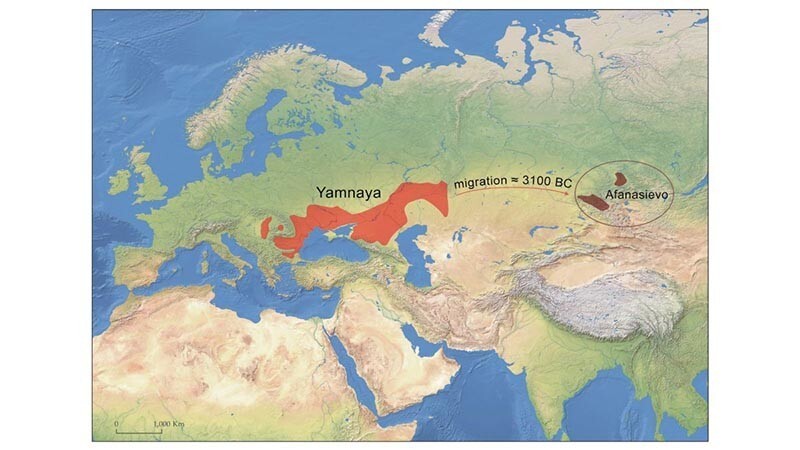
Distribution map of the Yamnaya and Afanasiev cultures in Eurasia about 5000 years ago. Image: Trautmann et al., Sci. Adv. 9, eade2451 (2023)
But there was no direct evidence that the Yamnaya culture regularly tamed horses.
Therefore, archaeologist Martin Trautmann from University of Helsinki, Finland, and colleagues collected data on six diagnostic signs of the skeleton, which are collectively called riding syndrome. Because bone is a living tissue, it responds to the loads that are applied to it. Permanent riding can lead to injuries and degeneration of the spine, but other than that, it can also lead to more subtle changes in the bones of the legs and hips, because the human body adapts to regular riding. 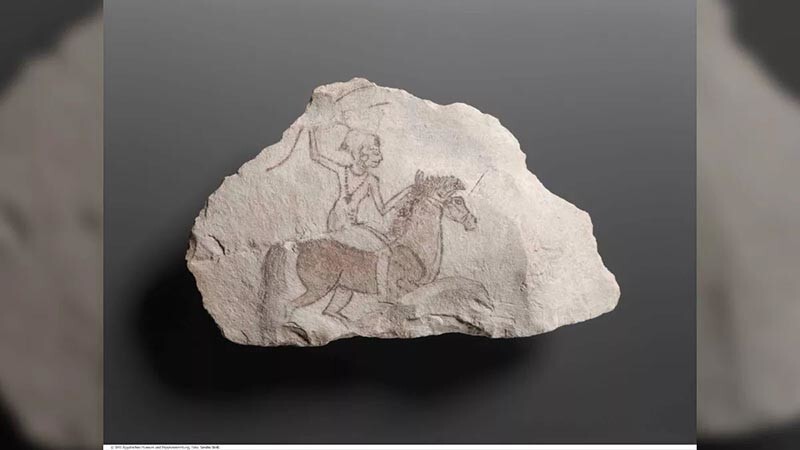
Egyptian drawing of the goddess Astarte on horseback, dating from the 19th Dynasty, about 1500 years after the first famous pit riders. This horse has a standard build, it is smaller and shorter than modern horses. 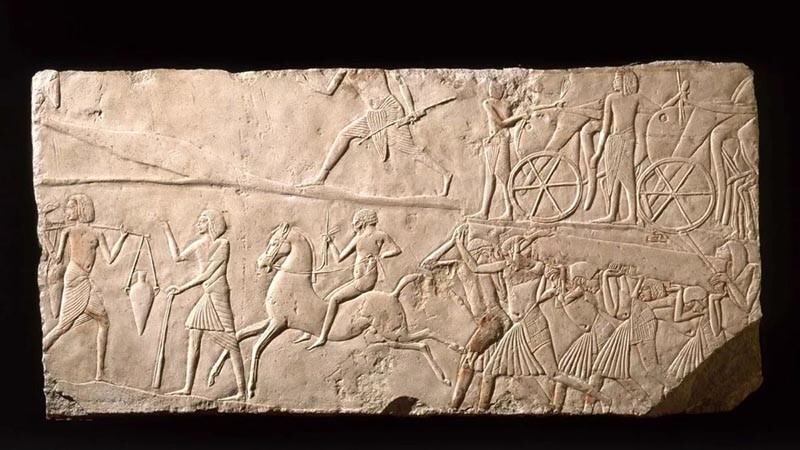
On this limestone Egyptian tomb relief Horemheba, Saqqara, a messenger on horseback is depicted - the end of the 18th dynasties. The riders of the Bronze Age were usually depicted in the pose of an equestrian, known as chair-sitting, which did not use soft saddles or stirrups.
In skeletons from 39 locations throughout Eastern Europe, Trautmann and his colleagues found that two dozen people had at least half of the symptoms of riding syndrome.
However, they are most confident in the identification of five representatives of the Yamnaya culture, as probable riders found on territories of modern Romania, Bulgaria and Hungary.
"Our r
The results are convincing argument that horseback riding was common occupation for some pit workers as early as 3000 [BC],” they wrote they are in their article. 
The people of the Yamnaya culture did not ride Przewalski's horses, but these ungulates are probably close to what the ancients looked like horses in terms of appearance, color and size. Image: Zoo of Helsinki
Birgit Bühler, archaeologist from Vienna university, Live Science told Live Science in an email that she was "in excited about their research." However, Buhler, who studied the riding syndrome driving, but not involved in this work, was concerned about how researchers measured changes in the hip joints, given poor preservation of many bones.
“Because two main features are missing, I think caution is required in interpreting the evidence,” she said.
Most of the skeletons were in such poor condition that it was impossible to analyze riding skills. However, taking this into account, "we believe that theher 30% of adult males are pit cultures often rode horseback,” Trautmann told Live Science in email. 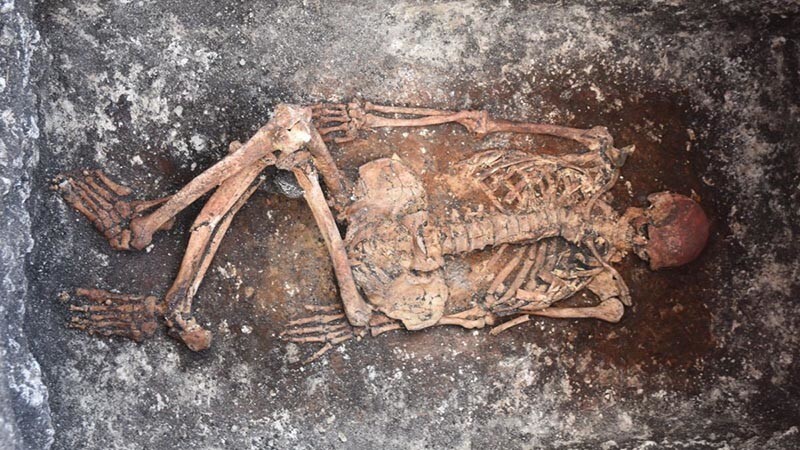
Remains of a rider found in Malomirovo, Bulgaria. This was a pit-type burial, and radiocarbon dating refers it to 30th century BC Image: Michal Podsiadlo
Shevan Wilkin, biomolecular archaeologist from Institute for Evolutionary Medicine, University of Zurich who participated in this study reported that the findings of the researchers about the Yamnaya culture are interesting, but "not surprising, given their extensive distribution in the early Bronze Age. Expand so fast and to spread their genes over such a vast territory would be difficult without horses.
And although skeletons with riding syndrome are rare, their identification by archaeologists gives us new information about what was to live in the eastern steppe 5 thousand years ago.
“At the moment,” Trautmann said, “it looks like that horse riding was mainly a male occupation, probably related with grazing, and training in her probably began early.












